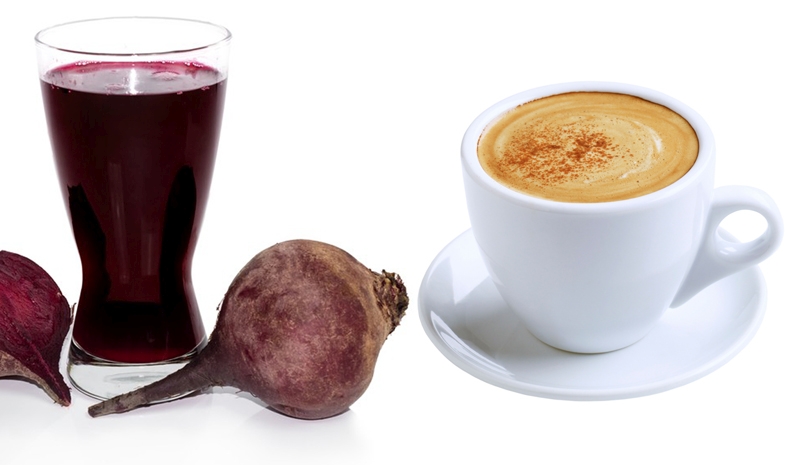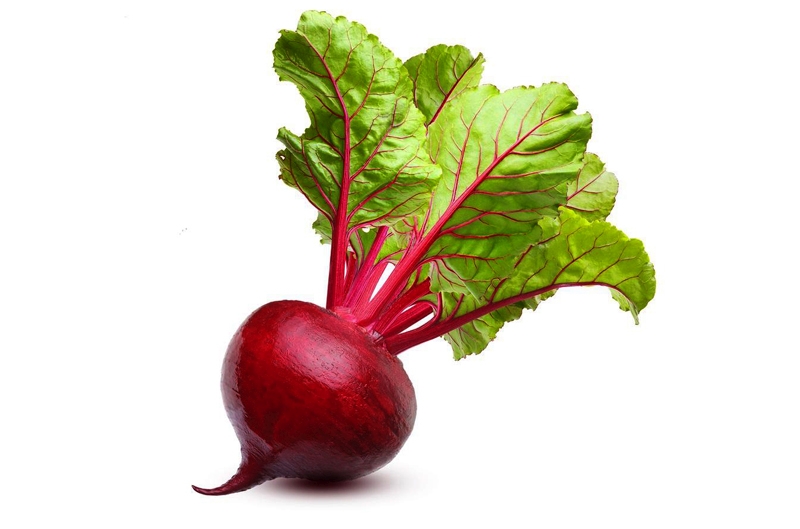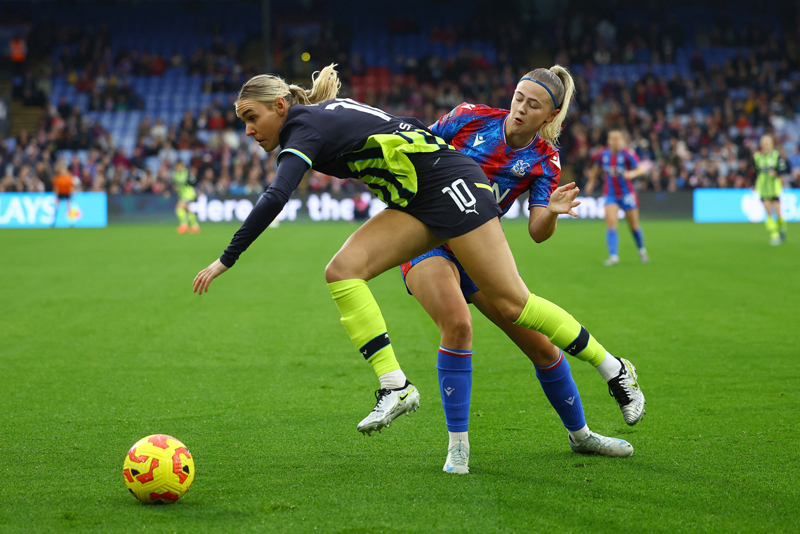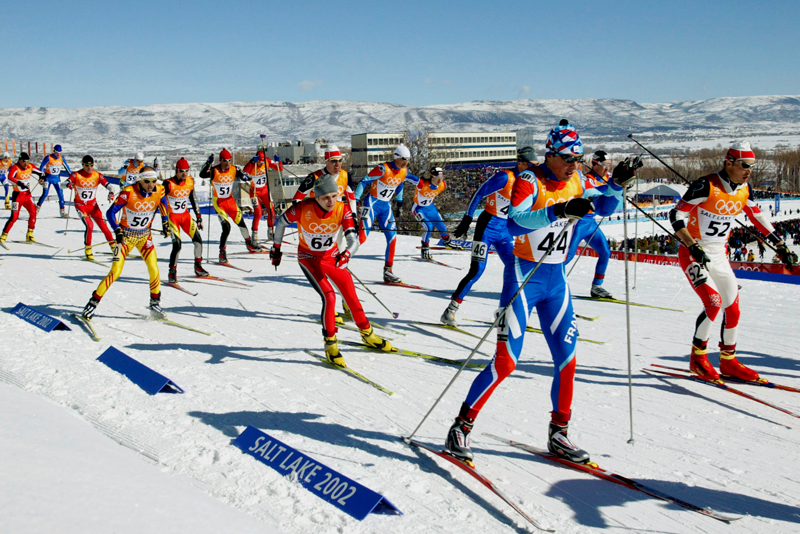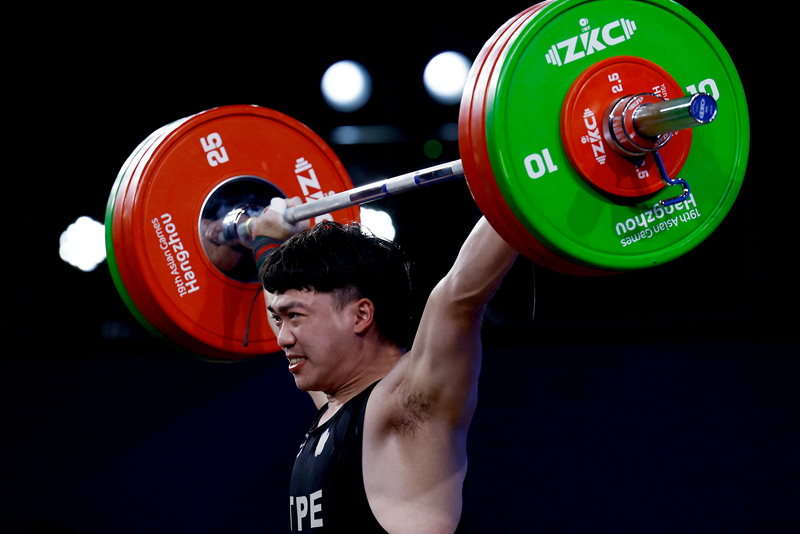You are viewing 1 of your 1 free articles. For unlimited access take a risk-free trial
Nitrate supplementation: should you save it for the sunshine?
 Andrew Hamilton looks at research suggesting that nitrate supplementation could be more effective over the summer months, rather than in winter
Andrew Hamilton looks at research suggesting that nitrate supplementation could be more effective over the summer months, rather than in winter
Nitrate is a mineral found naturally at high concentrations in some vegetables such as beetroot and kale and has been researched in some considerable depth as an endurance-performance supplement – for example when taken as beetroot juice. The reason is that nitrate appears to enhance blood flow through the fine capillaries of muscle tissue, helping to boost muscular efficiency during sub-maximal exercise, which in turn means less energy expended at a given workload. That in turn means less fatigue in the later stages of prolonged exercise – a distinct performance advantage.Less known about nitrate is that exposure of the skin to UVA rays (present in sunlight and the light used in sun beds) increases the availability of nitric oxide (the biologically active compound in the body derived from dietary nitrate). This explains why the incidence of cardiovascular disease decreases during the summer months. Nitric oxide helps dilate small blood vessels and improves circulation, which helps counteract the negative vascular changes observed in cardiovascular disease. But during the winter, very little UVA is available in sunlight, which means less nitric oxide is formed in the body(1).
Cycling, nitrate and sunshine
Given the above, an intriguing question is this: if dietary nitrate and exposure to UVA light can both increase the release of nitric oxide in the body, can endurance athlete get a ‘double-whammy’ effect by combining nitrate supplementation with some exposure to UVA, in the hope of gaining additional performance benefits over nitrate supplementation alone? There’s actually very little research been carried out in this area. However, in one landmark study, scientists conducted a randomised, counterbalanced placebo-controlled trial (the most rigorous kind of scientific study) to see how UVA light and nitrate supplementation affected sub-maximal steady-state exercise and time trial performance in trained cyclists(2).Nine cyclists completed four separate performance trials comprising of a 10-minute ride at sub-maximal intensity, followed by a 16.1km time trial. Before each trial, the cyclists were given one of the following:
- Nitrate-free gels plus exposure to UVA light (no nitrate plus UVA);
- Nitrate-containing gels plus exposure to a blue light with no UVA (nitrate plus no UVA);
- Nitrate-containing gels plus exposure to UVA light (nitrate plus UVA – the ‘combination’);
- Nitrate-free gels plus exposure to a blue light with no UVA light (no nitrate and no UVA);
The nitrate + UVA advantage
When nitrate without UVA was given, the cyclists’ oxygen consumption dropped slightly but not significantly. More importantly, the time trial performance was no better than in the double control (no nitrate, no UVA) condition. However, when the cyclists took pre-workout nitrate and combined it with UVA, the subsequent oxygen consumption during the sub-maximal workload dropped significantly, indicating more efficient energy production. More impressively, time trial performance was significantly improved, dropping from 1469 seconds to 1447 seconds.Advice for endurance athletes
Although it’s become a very popular endurance supplement, it’s clear that nitrate is not a magic bullet. Yes, the evidence does suggest it can help boost the efficiency of muscles during sub-maximal exercise. However, reliable research also suggests that in athletes who are highly trained, giving nitrate might not boost performance(3,4) - possibly because in these athletes, muscle efficiency is already maxed out. In this study, the cyclists were by no means elite; however, giving nitrate alone produced only a small and non-significant improvement in time trial times. The really significant improvements came when the cyclists consumed nitrate and were then exposed to UVA. According to the researchers, this was most likely because the UVA rays helped to boost the availability of the nitrate ingested in the gels (by helping convert it to nitric oxide).In the meantime, readers who regularly use nitrate might be wondering whether it’s more effective when combined with a good dose of sunshine. Well, the evidence from this study certainly suggests that it might. However, these cyclists underwent whole body exposure to UVA in between taking nitrate and starting exercise. Bearing in mind a) that there’s very little UVA in sunlight from October to March and b) whole body exposure to sunlight in the winter would probably induce hypothermia anyway, the best advice is to try and save this strategy for the summer months!
References
- Journal of Investigative Dermatology Jul 2014. 134 (7), 1839-1846
- Nitric Oxide. 2015 Aug 1;48:3-9
- Med Sci Sports Exerc. 2012 Nov;44(11):2213-9
- Scand J Med Sci Sports. 2013 Feb;23(1):e21-31
Newsletter Sign Up
Testimonials
Dr. Alexandra Fandetti-Robin, Back & Body Chiropractic
Elspeth Cowell MSCh DpodM SRCh HCPC reg
William Hunter, Nuffield Health
Newsletter Sign Up
Coaches Testimonials
Dr. Alexandra Fandetti-Robin, Back & Body Chiropractic
Elspeth Cowell MSCh DpodM SRCh HCPC reg
William Hunter, Nuffield Health
Keep up with latest sports science research and apply it to maximize performance
Today you have the chance to join a group of athletes, and sports coaches/trainers who all have something special in common...
They use the latest research to improve performance for themselves and their clients - both athletes and sports teams - with help from global specialists in the fields of sports science, sports medicine and sports psychology.
They do this by reading Sports Performance Bulletin, an easy-to-digest but serious-minded journal dedicated to high performance sports. SPB offers a wealth of information and insight into the latest research, in an easily-accessible and understood format, along with a wealth of practical recommendations.
*includes 3 coaching manuals
Get Inspired
All the latest techniques and approaches
Sports Performance Bulletin helps dedicated endurance athletes improve their performance. Sense-checking the latest sports science research, and sourcing evidence and case studies to support findings, Sports Performance Bulletin turns proven insights into easily digestible practical advice. Supporting athletes, coaches and professionals who wish to ensure their guidance and programmes are kept right up to date and based on credible science.
